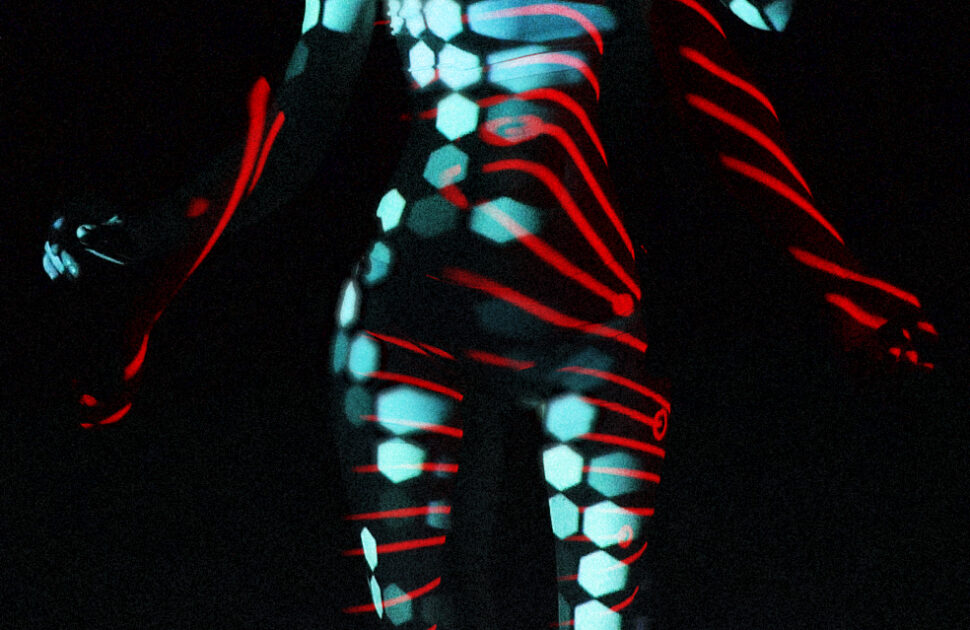
CLICHE’ STUDIO.
Studio Clichè is a collective of artists and creatives who, through researching new styles and expressive techniques, create video installations and art projects that live at the intersection of musical, visual and performing arts. The creation of immersive and cross-media installations, the proposal of compelling visual landscapes, image-related production and technological experimentation are the colors that dot Studio Clichè’s production. Moving between cultural, institutional, television and commercial events, Studio Clichè curates the Fashion Week video installations for Altaroma. In collaboration with Videocittà and Opera in Roma, the Studio Clichè collective created a performance with a video installation and a forty-piece orchestra at the Guido Reni District and the Roman Theater in Ostia Antica. They collaborated with Rome’s Dance Art Faculty in a fusion show between dance and visual arts presented at the contemporary art festival Errore Digitale, a manifesto of parallel visions, and contributed to the creation of Frank Sent Us, awarded “Best Audiovisual Project Elettrowave 2008,” which was presented throughout Europe and through which they collaborated with Sky (Fox, Cult TV), Listerine, Ceres, Red Bull and Sony Pictures. They were guests of the music section of Maker Faire Rome with an installation in which, in collaboration with musicians such as La Rappresentante di Lista, N.A.I.P and Max Casacci (Subsonica), they created performances in which music, video art and digital creativity gave the audience a complete example of the world created by Studio Clichè, made of sound, images and technological research.
PROJECT TITLE FOR SEMINARYSOGNINTERRA23
How Real Are We?
Between the desire and the spasm (fall the shadow)
A dialogue of individualities, a visual symphony that becomes a mental choreography between sounds and breaths, images and movements, lights and words. HRAW is an exploration of identity, of the complex mechanism of characteristics that enable the identification of a person, of knowing and recognizing oneself.
Edited by Studio Clichè
Music by Koenraad Ecker
Lyrics written and performed by Alex Rendall aka Bogues
How important is the past for imagining and building the future?
Honestly, I don’t know, on the one hand the past is crucial in building the foundation on which each of us bases our experience, on the other hand it sometimes risks being a ballast that we cannot break free from, that we remain anchored to.
What are the elements you would like to/and work on further?
The main element of our work is research; we really enjoy the possibility of bringing different languages together in the hope that this contamination will create a renewed visual experience.
Tell us more about the work for Seminaria.
A multitude of suspended thoughts, trapped like vehicles in an endless traffic jam, chase each other within a circle. This is where our journey begins, an ongoing search for balance between the different facets that form the essence of who we are, an intricate ballet between opposites that celebrates humanity itself. The human mind is clouded as our multiple individualities struggle to emerge and coalesce into an uncanny dance through mental choreography. Every movement, every thought, fuels this internal dialectic, identities unravel, mingle, try to understand each other, creating a web of connection and conflict through a journey into the depths of this tumultuous relationship.
HRAW attempts to explore the duality of being human, the conflict between desires and fears, aspirations and anxieties. A look inside the abyss of the soul, a sensory journey through the intricate labyrinth of the human psyche.
A project that you have not been able to do, but would like to do?
We would love to have our own immersive space where we can propose our own projects and those of the artists we love.
The research you operate synthesizes and rests on the intersection of musical, visual and performing arts, returning immersive installations and compelling visual landscapes. Technology, used by artists since its inception, today, in fact, can be considered an established tool, in your opinion, how will it continue to influence artistic language and canons? Is a drastic change ahead for art and its languages, or will it be one of the possible options to express one’s feeling?
Technology inevitably influences and will influence language and artistic canons, but, in my opinion, it is the job of artists to convey emotions; technology should only be a useful medium for this purpose.
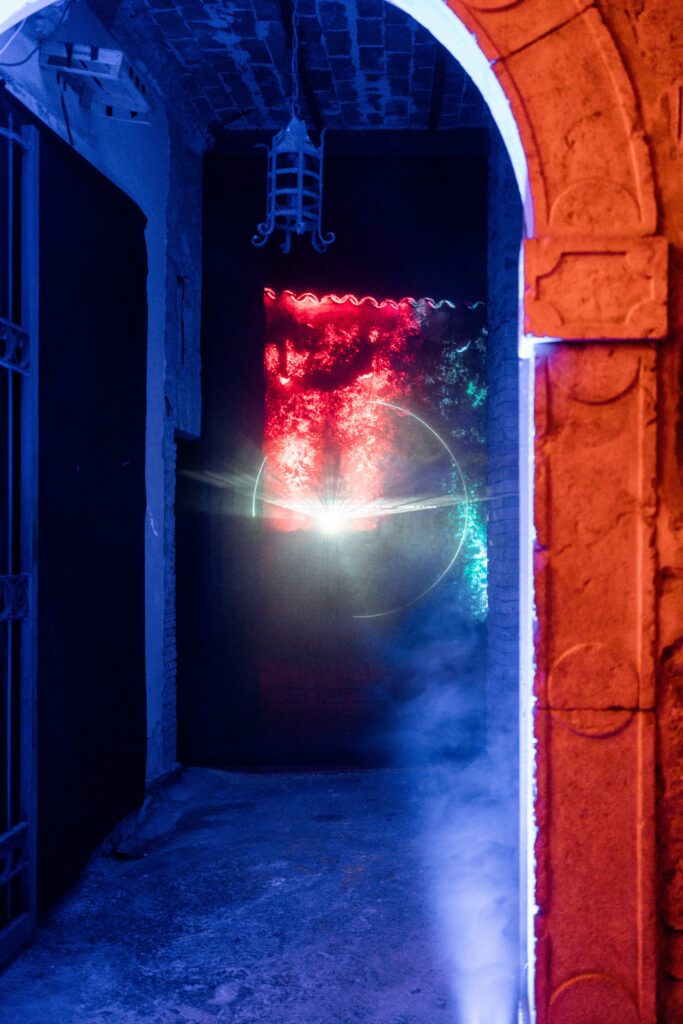
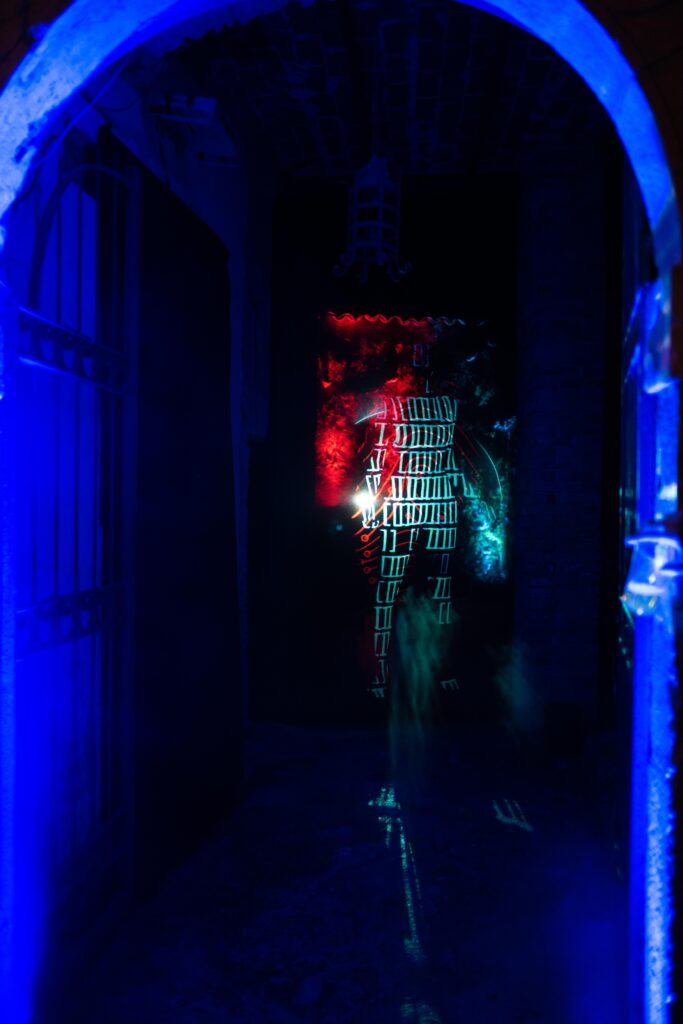
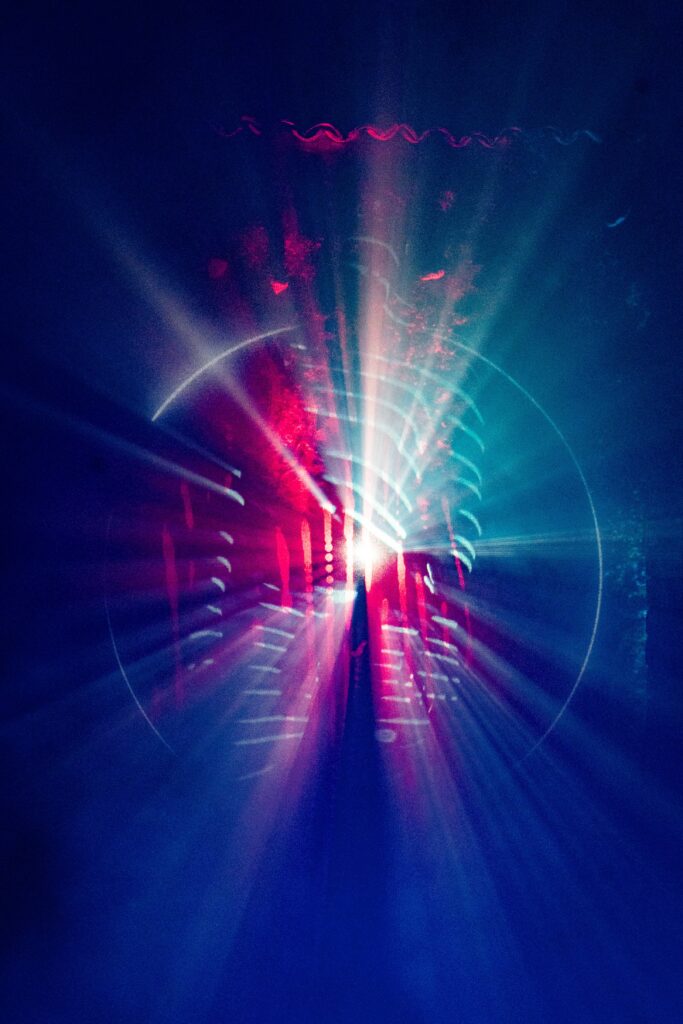
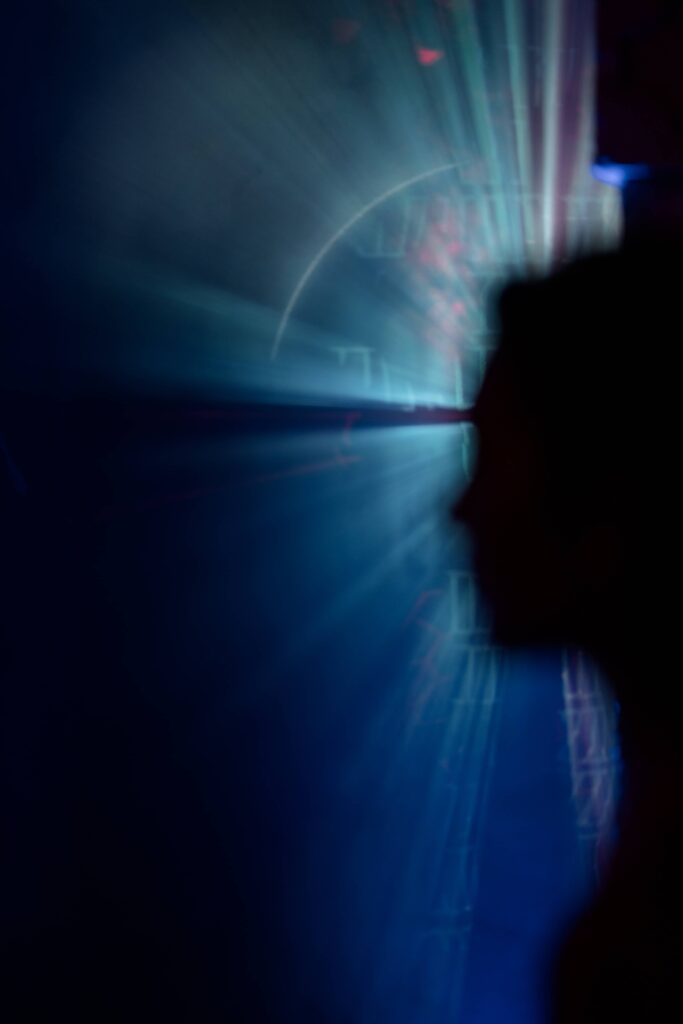
This post is also available in:
Italiano (Italian)
